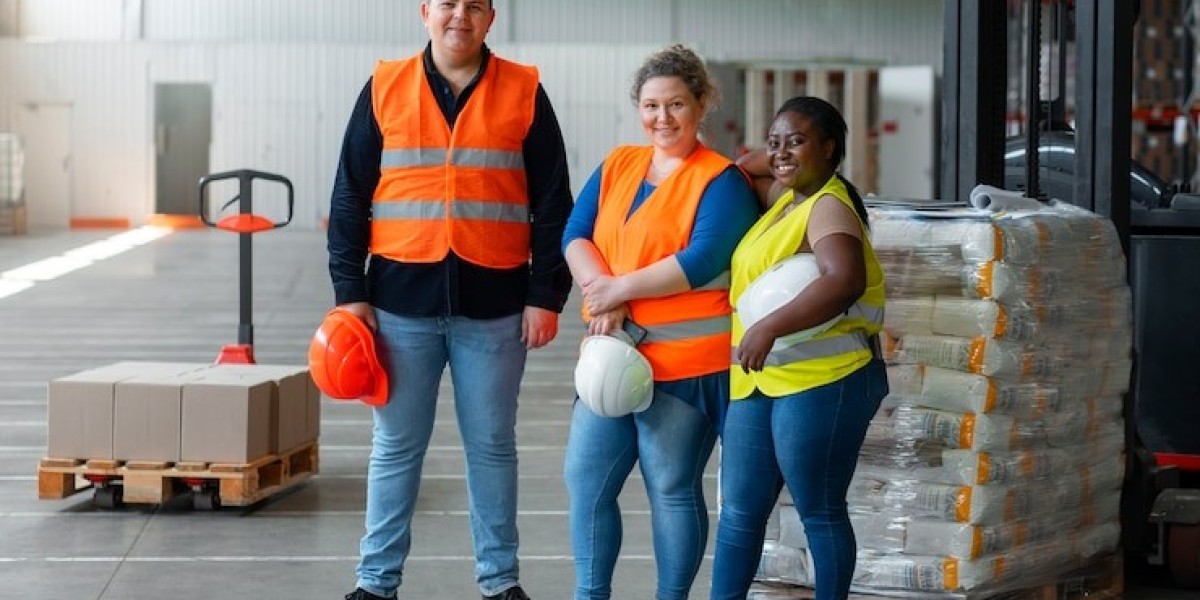Workplace wellness programs have come a long way from simple first-aid kits and basic health talks. These days, they involve everything from mental health support and stress management to ergonomic training and even financial wellness coaching. But here’s the key part many companies miss: these programs only work if workers themselves are actively involved.
Far too often, safety managers design a wellness program on paper without giving workers a voice. The result? Participation is low, enthusiasm is lower, and the program fails to make a meaningful impact. That is why worker involvement is not just helpful — it’s essential for a healthy, hazard-free workplace.
Interestingly, while people often focus on the technical side of safety, they might overlook cost planning. Many professionals consider investing in a health and safety qualification, and topics like NEBOSH course fees in Pakistan come up in those conversations. If you want to understand how workplace wellness programs connect to safety knowledge, looking into certified health and safety training is a smart move, as it ties directly into building strong wellness initiatives.
Why Worker Involvement is So Important
When workers take part in designing, developing, and evaluating a workplace wellness program, it becomes theirs. They see their needs and concerns reflected in it, and they trust it more. This sense of ownership translates into higher motivation, stronger participation, and better results.
Let’s think about this with a real-world story. A medium-sized textile company had serious back-injury complaints among sewing operators. Management introduced a program to teach safe lifting — but nobody cared. Why? Because they hadn’t asked the workers what was actually hurting them. After a worker-led survey, they discovered the problem wasn’t lifting; it was bad chairs causing repetitive strain. Once the workers themselves helped pick ergonomic chairs, injuries dropped by 70% in three months. That’s the power of worker involvement.
The Benefits of Worker Participation in Wellness
Worker involvement in wellness programs brings several clear advantages:
Better hazard awareness – Workers know where the dangers are, so their input makes wellness programs more relevant.
Stronger safety culture – When employees shape a program, they are more likely to live by it.
Improved morale – Being heard makes people feel respected, and that boosts morale.
Increased trust – Collaboration builds confidence between workers and managers.
Better results – Participation leads to programs that fit actual working conditions, making them more successful.
Each of these benefits can transform a workplace from just surviving to thriving.
How to Involve Workers Step by Step
If you’re wondering how to build involvement, don’t worry. It’s easier than it sounds if you take it step by step.
Step 1: Listen First
Hold open conversations and encourage workers to talk about what they feel affects their health and safety. No filters, no judgements. This is a crucial first step because if you skip listening, your wellness program may miss the target completely.
Step 2: Form a Wellness Committee
Include representatives from every area of the business. Having a variety of voices — line workers, supervisors, even part-time staff — ensures you get a true picture of workplace hazards.
Step 3: Develop the Program Together
Once you have a committee, let them guide the program design. You might think you know best, but workers on the front lines often have practical insights that no manager can see.
Step 4: Pilot Test the Program
Before launching company-wide, test your wellness program on a small group and gather feedback. Workers should help decide what works and what doesn’t. This helps build trust and catch problems early.
Step 5: Review and Improve
Nothing stays perfect forever. Create a cycle of review and improvement, and include workers in every review. This will keep the program fresh and relevant.
Overcoming Barriers to Worker Involvement
Of course, involving workers sounds good on paper, but there are challenges:
Fear of speaking up – Some workers worry about retaliation or being labelled troublemakers.
Time pressures – It can be hard to involve workers without disrupting production schedules.
Lack of confidence – Some workers may feel they don’t have the “expertise” to speak up.
To break through these barriers, leadership needs to actively encourage participation, reward contributions, and protect workers from any negative consequences of speaking honestly.
A supervisor in a food processing plant once shared an inspiring example. They put up a simple suggestion box and guaranteed that every single idea would get a response within two weeks. The result was 47 suggestions in the first month — including one that prevented an ammonia leak hazard. Sometimes, it really is about creating a safe space for voices to be heard.
Practical Ideas for Worker-Led Wellness Programs
Let’s get concrete. Here are practical ways to build worker involvement right into your wellness program:
Peer-to-peer safety coaches – Train employees to help each other identify hazards and encourage healthy habits.
Health champions – Nominate volunteers from the workforce to be champions for mental health or ergonomics.
Participatory risk assessments – Include workers in hazard mapping exercises to identify risks in their own workspaces.
Storytelling sessions – Host workshops where workers share personal injury or near-miss stories to teach others.
Joint health fairs – Plan wellness events that workers help organize, choosing vendors and speakers themselves.
All of these methods create ownership and build a deeper safety culture.
Linking Workplace Wellness with Professional Safety Training
If you’re serious about wellness programs, you might want to back them up with trained staff who truly understand occupational safety. Here, certifications like NEBOSH can help. Workers or supervisors who have invested in these certifications are better equipped to design and support wellness initiatives. In places like Pakistan, many workers consider NEBOSH course fees in Pakistan to understand if it fits their budget, but the knowledge they gain is worth every penny when it helps safeguard lives and improve morale.
How Worker Involvement Reduces Hazards
Let’s circle back to hazards, because workplace wellness is deeply connected to hazard control. When workers help spot hazards and shape solutions, you can eliminate or reduce those hazards more effectively.
Take chemical hazards in paint manufacturing. A company tried to solve respiratory complaints with better masks. Workers, however, insisted the problem was poor ventilation. Once they involved workers in designing an exhaust fan upgrade, complaints dropped to zero. That is what happens when workers help shape the solution — they fix the real hazard.
In other words, involvement is not a feel-good extra; it is a proven, practical hazard-reduction strategy.
? Curious About NEBOSH Course Duration and Fees in Pakistan? ? Click Here for Complete Details!
The Emotional Impact of Being Heard
It is easy to focus only on statistics. But think about the human side. Feeling ignored is stressful. It can lead to resentment, disengagement, and eventually unsafe shortcuts. In contrast, when workers feel respected, they tend to look out for each other and uphold safety practices.
Imagine a worker seeing their suggestion implemented, like a better workstation or a new stretching routine to prevent muscle strain. It tells them: You matter. That’s a powerful message that no poster on the wall can ever match.
Final Thoughts
Workplace wellness programs are far more than a checklist or a lunch-and-learn session. They are an ongoing partnership between workers and management, aimed at building a safer, healthier workplace.
When workers have a meaningful role, these programs become stronger, more trusted, and more effective. From lowering stress to reducing chemical hazards, worker involvement is the secret ingredient that turns good intentions into life-saving results.








